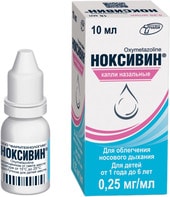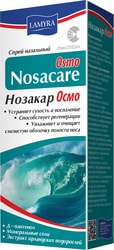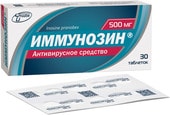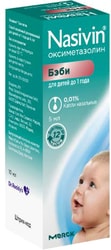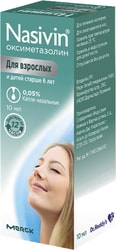Calendula, also known as pot marigold, is a vibrant orange flower with a long history of medicinal use. Its remarkable therapeutic properties stem from its rich concentration of beneficial compounds. Calendula's primary applications are centered around its potent anti-inflammatory and antiseptic actions, making it a valuable remedy for various skin conditions and internal ailments.
Calendula's anti-inflammatory effects are well-documented, making it effective in soothing irritated skin, reducing redness and swelling. This makes it a popular choice for treating minor wounds, burns, and other skin irritations.
The antiseptic properties of calendula help to prevent infection by inhibiting the growth of bacteria and fungi. This characteristic makes it a valuable addition to wound care, helping to promote healing and reduce the risk of complications.
Calendula also exhibits cholagogue activity, meaning it stimulates bile production and flow. This can be beneficial for liver health and digestive function, aiding in the digestion of fats and elimination of toxins.
While generally considered safe for topical use, some individuals may experience mild skin reactions such as irritation or allergic contact dermatitis. Oral ingestion should only be undertaken under the guidance of a healthcare provider.
This information is for educational purposes only and should not be considered medical advice. Always consult a healthcare professional before using calendula or any herbal remedy, especially if you are pregnant, breastfeeding, or have underlying health conditions. They can help determine the appropriate dosage and assess potential interactions with other medications.
